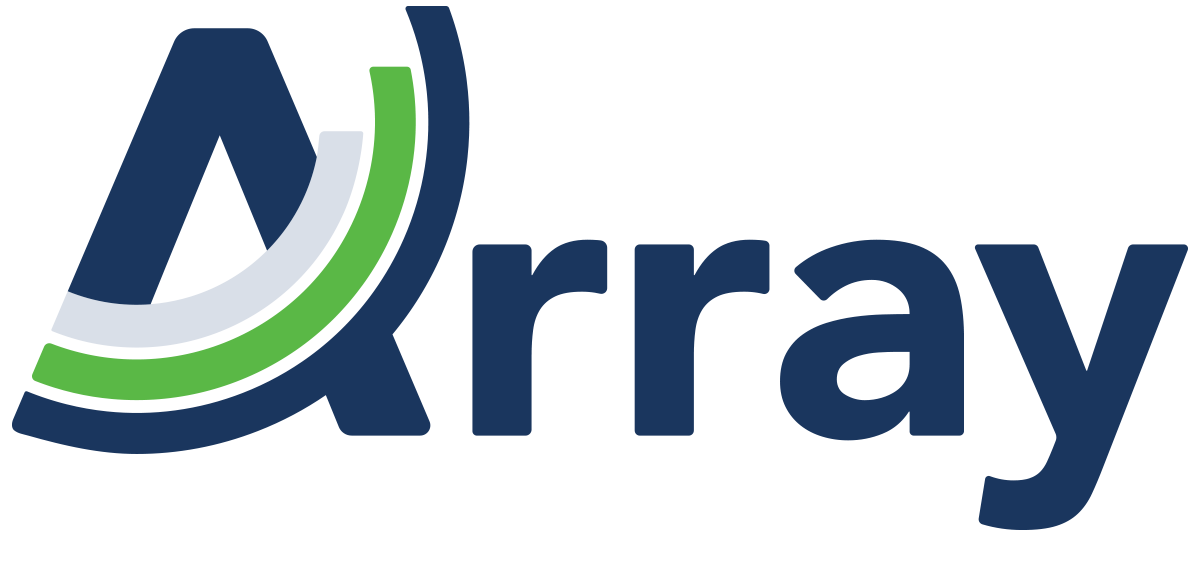Every week, the Array team reviews the latest news and analysis about the evolving field of eDiscovery to bring you the topics and trends you need to know. This week’s post covers the week of April 8-14. Here’s what’s happening.
Failing to Preserve Overwritten Video Footage Leads to Sanctions
On eDiscoveryToday, Doug Austin writes about Nagy v. Outback Steakhouse, in which a New Jersey Magistrate Judge ruled that Outback had a duty to preserve additional video footage in anticipation of litigation in a slip-and-fall case and granted a motion by the Plaintiff to instruct the jury that Outback “intentionally failed to preserve the disputed video evidence and that the jury may presume that the lost video footage was unfavorable to Outback.”
The Plaintiff slipped and fell at an Outback Steakhouse location in New Jersey, allegedly because of a “greasy substance” on the floor, breaking her hip and femur. The manager on duty reported the fall to Outback’s insurance claims third-party administrator and was tasked with saving video of the incident. He initially preserved a 19-second video clip of only the fall, and the next day after being asked for more, he preserved 27 minutes of video: 5 minutes and 36 seconds before the fall and 22 minutes after.
But the surveillance camera footage is on a 7-day loop. By the time a preservation letter was served, the complete footage was overwritten. The Plaintiffs successfully argued that additional footage “would have been probative of issues such as whether a slippery substance was deposited on the floor and, if so, how long it was there … and whether Defendants’ employees inspected the floor in accordance with Outback’s policies.”
The Court found Outback had a duty to preserve the disputed video footage and ordered an adverse inference instruction to the jury.
“Outback, a sophisticated business entity and experienced litigant working with an experienced claims administrator, should have known that more than 5 minutes of video footage prior to Ms. Nagy’s fall would be relevant and would be requested by Ms. Nagy in any potential litigation. Indeed, it is hard to imagine evidence that would be more pertinent to Ms. Nagy’s claims in this case.”
The crux of this decision seems to be on Outback’s sophistication and experience. This is likely not the first nor will be the last time such an incident occurs. The takeaway here is that organizations need to have a data map of their evidence sources, an understanding of retention policies associated with those sources, and a plan for preservation depending on common occurrences that may lead to litigation.
More Thoughts on Linked Attachments
Last week we wrote about Craig Ball’s commentary on his Ball in Your Court blog about why linked attachments should be produced. In a follow-up post, he addresses a question posed by Rachi Messing on LinkedIn: He writes the biggest issue isn’t how to collect and search these attachments, but rather what version is the correct one to collect and search. Options can include, among others:
- The version that existed at the time the email was sent
- The version that existed the first time the recipient opened the email
- The version that existed the last time the recipient opened the email
- The most recent version
“The proper response to which version to collect to assess relevance is not ‘none of them,’ which is how many approach the task,” Ball responds. If a document has been edited, that possibility is weighed on admissibility, not discovery, he goes on to write, adding that Microsoft Purview will collect cloud attachments as they exist at the time of collection, generally the most recent version.
Further, there may be instances where just one collected version of a document may not be sufficient. For example, multiple versions may need to be collected if a case centers around why and when edits were made and how those edits triggered changes in policies or practices at an organization. Prior to starting collections, an organization, along with their counsel, will benefit from having a scoping call with their eDiscovery partner to explore technical options for collection and planning to minimize burden and cost on having to go back to the well later down the road in the litigation.
Other recent eDiscovery news and headlines:
- E-Discovery and Complex Litigation in Both State and Federal Court (The Legal Intelligencer)
- One Form of a Custodial Data Map (EDRM Blog)
- Digital Forensics: The Good, the Bad, and the AI-Generated (ACEDS Blog)
Julia Helmer; Director, Client Solutions
With a decade of expertise, Julia excels at optimizing enterprise eDiscovery workflows from start to finish. With a deep understanding of how to seamlessly integrate workflows across various eDiscovery platforms, Julia creates tailored solutions for data identification, legal holds, ESI collections, and productions. By harnessing the power of Technology Assisted Review and Analytics, she delivers efficient, cost-effective results that align with best practices and budgetary constraints. Julia’s exceptional communication and customer service skills have fostered strong, lasting relationships with both clients and Project Management teams, enabling her to effectively problem-solve and drive success across numerous projects.

